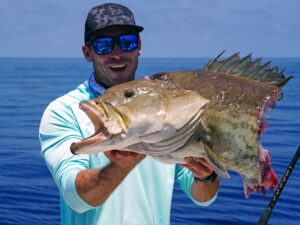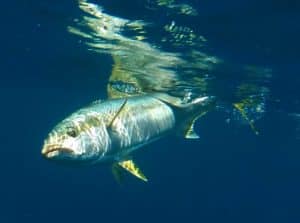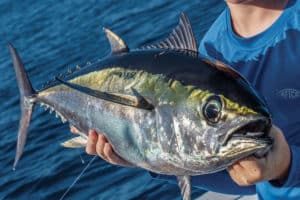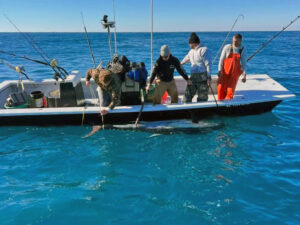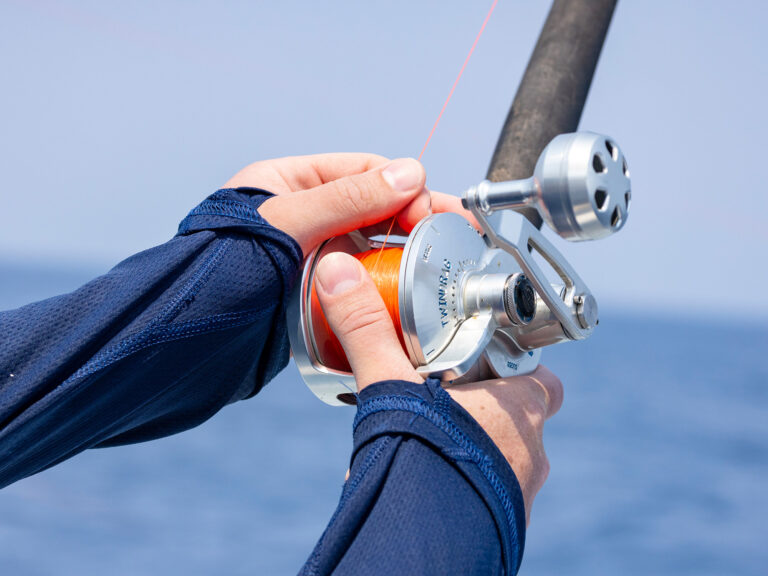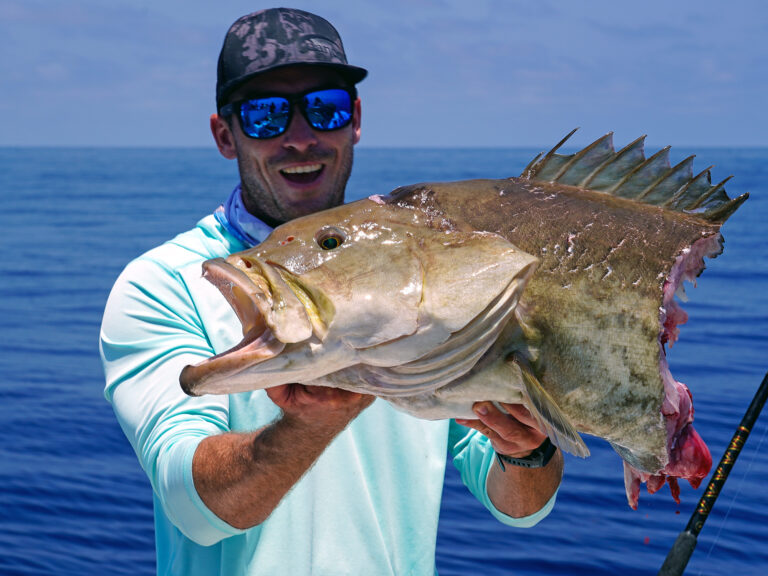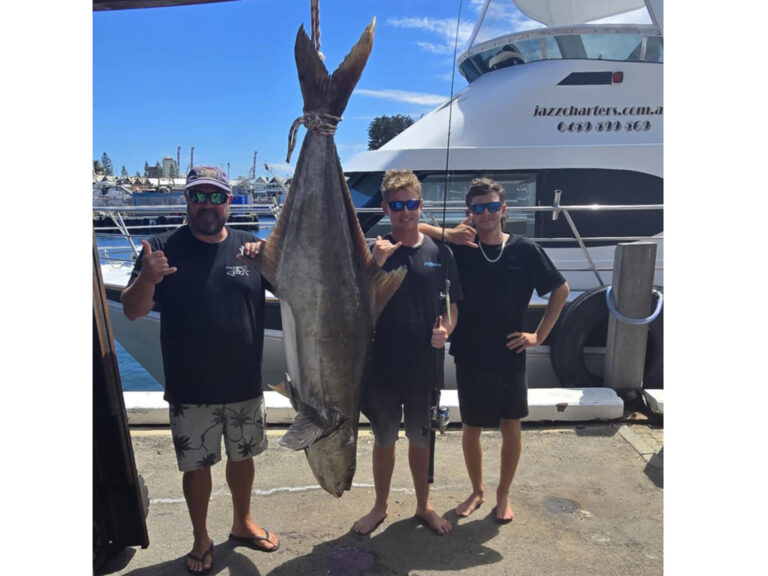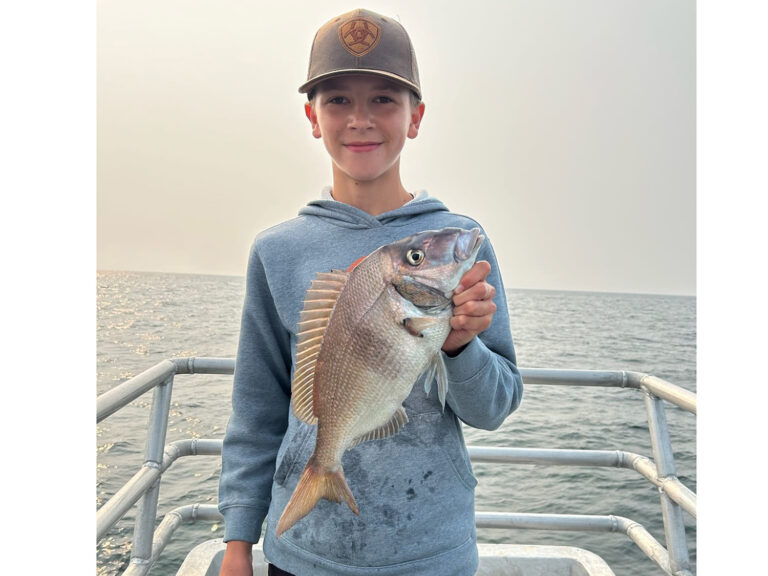In each issue of Sport Fishing magazine, a panel of five international expert ichthyologists identifies unusual and often amazing fishes in photos submitted by readers. Find out what they are and learn fascinating facts about them.
Little Giant
QUESTION:
While fly-fishing recently in Thailand with Capt. Jean-Francois Helias (Fishing Adventures Thailand), I caught this lovely grouper at a saltwater lake close to the sea, located in the southern part of the country. I learned from Helias that the fish’s local Thai name is pla mo talay. I’d love to learn more about this fish, in particular both its common and scientific names.
Leonard Kouba
Chicago, Illinois
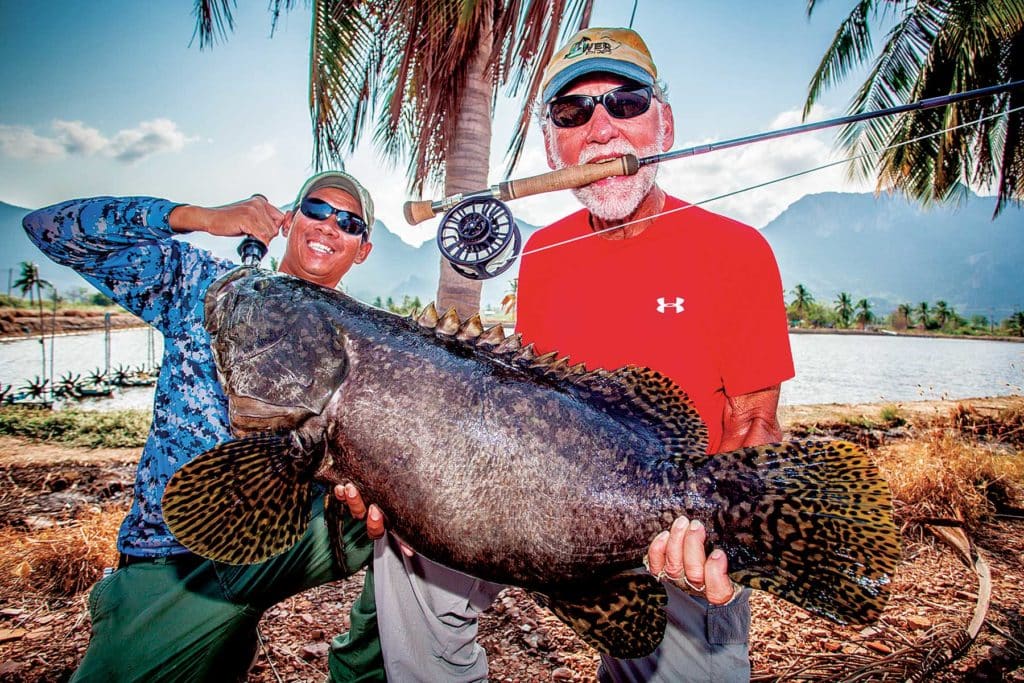
ANSWER:
That’s a great fish on fly, Leonard. It’s an adolescent giant grouper, also known as the Queensland groper (as some grouper are referred to Down Under), Epinephelus lanceolatus. This species is the largest reef-dwelling bony fish, and has been reliably recorded to 9 feet long and nearly 900 pounds. Indeed, they grow big enough to attack divers and are one of the few bony fishes confirmed to initiate fatal attacks on humans. Giant grouper range widely throughout the Indo-Pacific region from the Red Sea to Japan, Australia and the Hawaiian Islands. The juvenile giant grouper that frequent tropical and subtropical estuaries are pretty fish with distinctive black-and-yellow blotchy flanks. Growth is fast, and they begin to mature in four to five years at between 3 and 4 feet long, as females and later changing into males. During maturation, most giant grouper leave estuaries and move offshore, where the yellow blotches on their flanks give way to a more uniform drab green/gray. Once offshore, adults frequent underwater caves, wrecks, and ledges in rocky and coral reefs. The adults eventually lose the yellowish tinge on fins and tail altogether once they exceed 150 pounds or so. Giant grouper merit their name: The all-tackle world record weighed 395 pounds, 11 ounces, from Tanzania in 2004. Their diet consists mainly of crustaceans (whole mud crabs or crayfish), small sea turtles, and fish. Giant grouper appear on threatened species lists and are now very rare in the wild throughout Asia, largely because of their popularity in the live reef-fish trade, where they fetch extremely high prices ($50 to $80 per pound) thanks to being considered a “lucky fish.”
—Ben Diggles
Seaweed Scammer
QUESTION:
While observing various fish congregate at the back of a canal in Fort Pierce, Florida, I noticed this seaweed-looking fish struggling at the surface. I believe it was there for the same reason as sand perch and mullet: seeking warmer water during an early-January cold spell. I placed it in a container full of canal water to take a photo with my underwater camera, believing that would cause less stress than laying it on the dock or holding it in my hand. The fish was roughly the size of a golf ball. My first guess is a juvenile sculpin or other camouflaged bottom dweller. The thing it most closely resembles is a scorpionfish, sometimes referred to locally as a “mother-in-law fish.” So what exactly is it, and how large does this species grow?
Capt. Tim Simos
Bluewater Inshore Guide Service
Fort Pierce, Florida
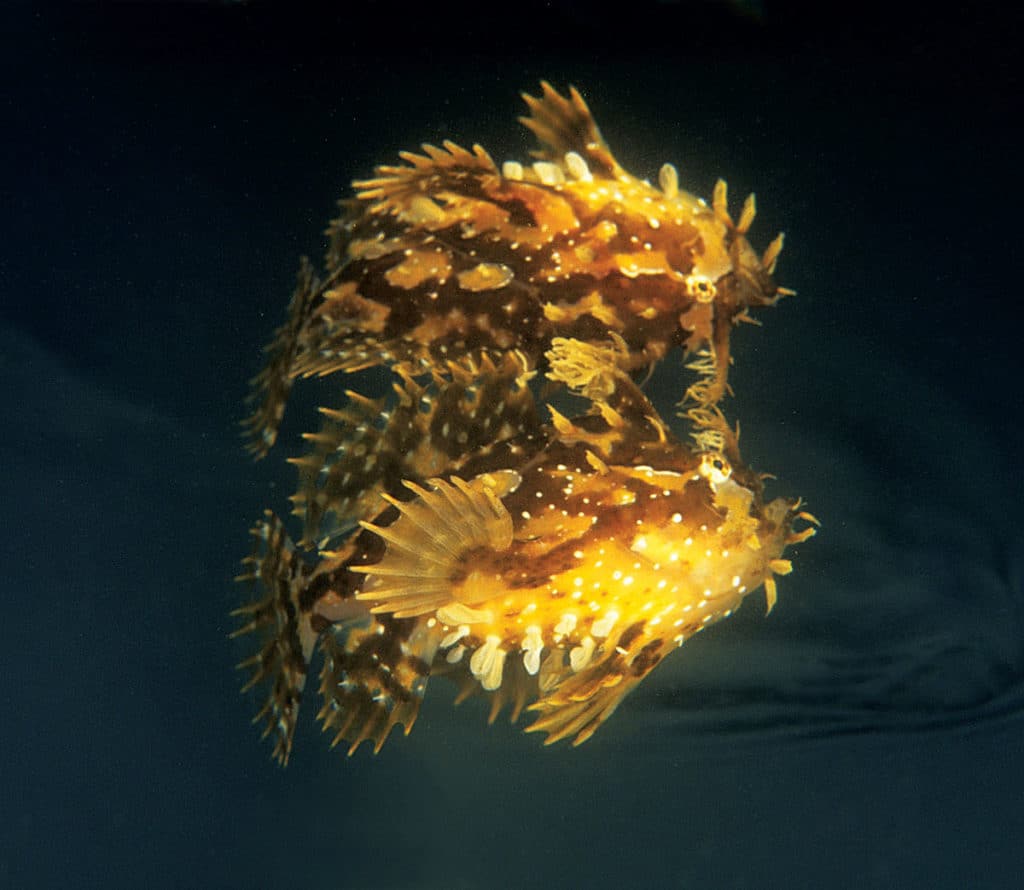
The strange visitor to your canal is a sargassumfish, Histrio histrio. This species belongs in the family Antennariidae, commonly called the frogfishes. In all probability, it didn’t swim into your canal but likely drifted in with floating debris. Unlike other bottom-dwelling frogfishes, the aptly named sargassumfish usually spend their lives among floating clumps of the brown algae Sargassum, where their mottled coloration provides excellent camouflage. Rather than swimming, sargassumfish often pull themselves through masses of floating seaweed by using their pectoral and pelvic fins as legs. They prey on small fishes and crustaceans such as shrimps and crabs that also seek refuge in the clumps of vegetation, and they are known for having ravenous appetites. As a teenager, I netted five or six sargassumfish of varying sizes and placed them all in the same aquarium. I was quite surprised when I later checked the tank and could locate only one individual — with a very distended belly. They’re certainly not opposed to cannibalism!
The sargassumfish grows to a maximum length of about 8 inches, although most are far smaller. In the Western Atlantic, this species ranges from Canada to the south of the Rio de la Plata in Uruguay, including Bermuda, the Bahamas, the Gulf of Mexico, and the Caribbean Sea. It has also been reported from the Red Sea, Indian Ocean, Western Pacific and Eastern Atlantic. I can’t imagine anyone eating this fish, but it has been reported to have caused ciguatera poisoning, so at least one brave soul consumed a sargassumfish.
—Ray Waldner
King of Cling
QUESTION:
We found this little dude stuck to one of our bait pens in Bayou Caddy, Mississippi, this past December. I first thought it was a stargazer, but after a closer look, I don’t think so. When I flipped it over, I noticed some sort of sucker on its underside. Its mouth also has a rake-like feature, resembling a leopard shark or bamboo shark. Is it foreign? Is it lost? Is it dangerous? Is it an alien?
Capt. Sonny Schindler
Shore Thing Charters
Bay Saint Louis, Mississippi
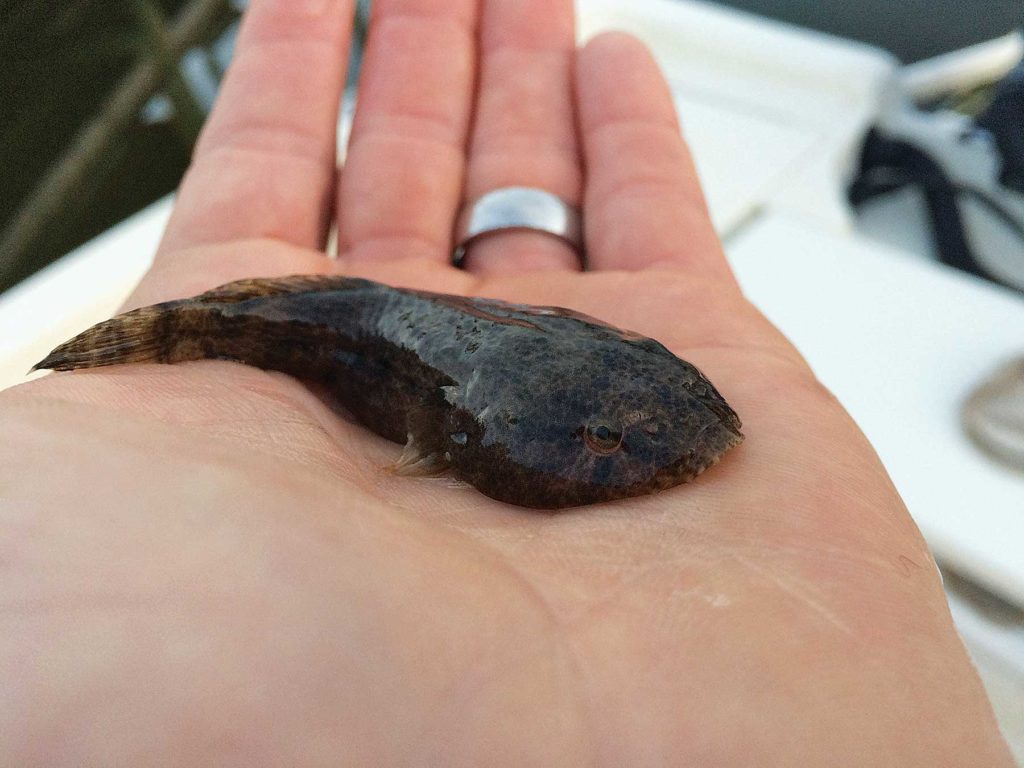
ANSWER:
Hey, Sonny, the little guy you found is a skilletfish, Gobiesox strumosus, one of the clingfishes. There are more than 100 species of clingfishes, but only your species is common in the Gulf. Even though common, they’re rarely seen because they find shelter in a shell, sea grass or concealed rock, and cling on with that highly modified pelvic fin disc. Once they feel secure, they rarely move unless disturbed. All the clingfishes are very small, rarely more than about 6 inches. They are most abundant in tropical regions, especially in estuaries, and a few venture into fresh water. This skilletfish species reaches 3 inches, and is found from the upper Atlantic coast south to Brazil, and throughout the Gulf. There are two other clingfishes from our waters: The emerald clingfish lives in turtle-grass beds, and tops out at only about an inch; the stippled clingfish, which ranges to northern South America, is occasionally seen in western Gulf waters.
—Bob Shipp
Read Next: Strange Fishes from the Deep — Dwarf Whiprays and More
Sport Fishing‘s Prestigious International Panel of Experts
Northeast
Mike Fahay, Sandy Hook Marine Lab, New Jersey
Southeast
Ray Waldner, Ph.D., Palm Beach Atlantic University, Florida
Gulf of Mexico
Bob Shipp, Ph.D., University of South Alabama
West Coast
Milton Love, Ph.D., UCSB, California
Far Pacific
Ben Diggles, Ph.D., Queensland, Australia
Bluewater Pelagics
John Graves, Ph.D., Virginia Institute of Marine Science
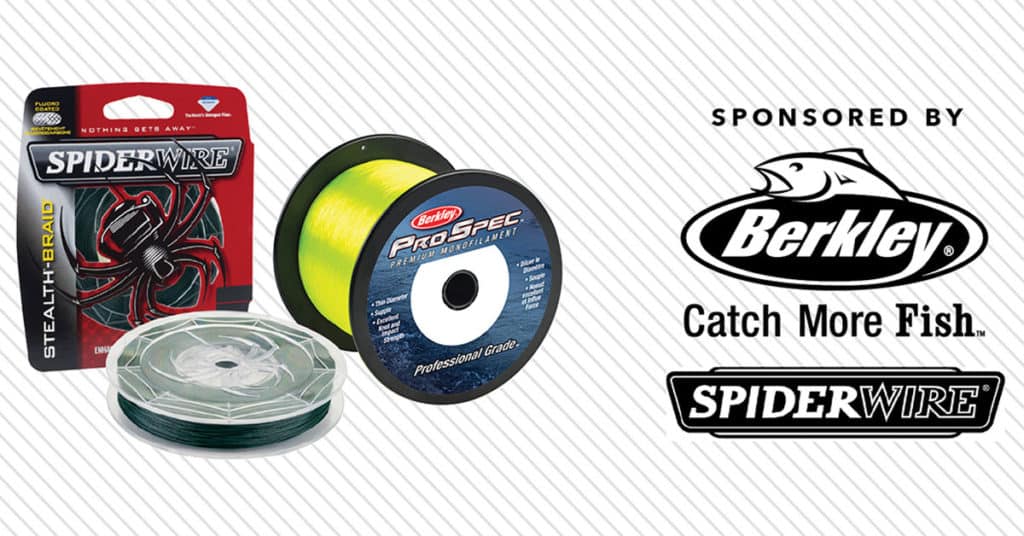
CHALLENGE OUR EXPERTS (And Win Up to 10,800 Yards of Line!)
Send in your question and any relevant photos of your mysterious catch or observation for our experts’ ID and feedback. If we publish your question and you have a shipping address within the United States or Canada, you’ll win a 3‑pound spool of Berkley Pro Spec ocean-blue or fluorescent-yellow monofilament (1,000 to 10,800 yards, depending on line strength) or a 1,500‑yard spool of Spiderwire Stealth braid up to 100‑pound‑test! Send questions and images via email to fishfacts@sportfishing.com (include your hometown) or via post to Sport Fishing Fish Facts, 460 N. Orlando Ave., Suite 200, Winter Park, FL 32789.

